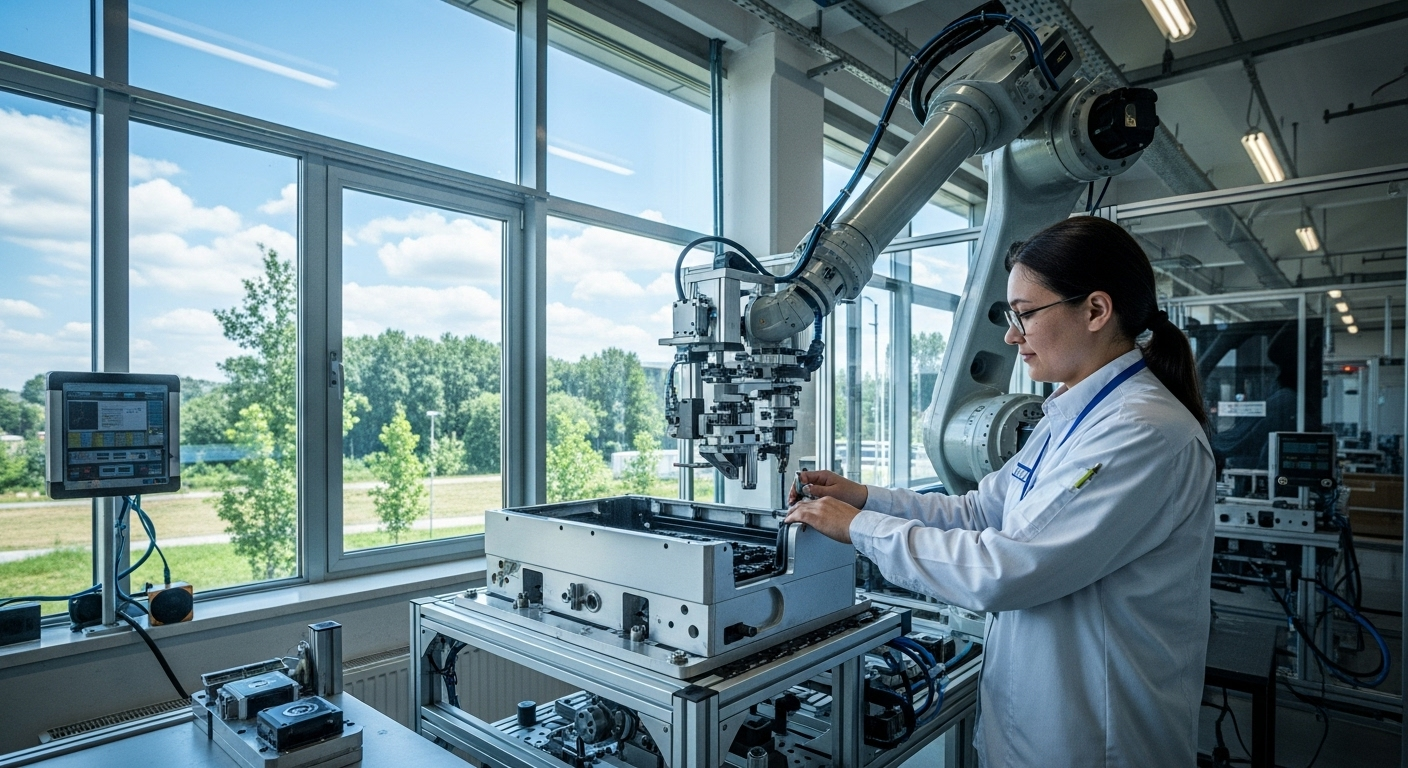Discovering the Untapped Potential of Industrial Ecology
Industrial ecology, a relatively new concept in the business world, has the potential to take industries to the next level. This article delves into the history, present trends, and future implications of this innovative approach, highlighting its impact, benefits, and potential challenges for businesses.

Introduction
Industrial ecology is an emerging approach to sustainable industrial development that seeks to reduce environmental impact and enhance economic performance. This article provides an in-depth exploration into this promising strategy, its practical applications, and the potential benefits it brings to the business and industrial sectors.
Background and Development of Industrial Ecology
Industrial ecology originated in the early 1990s in response to growing environmental concerns. The concept is based on the principles of natural ecosystems, where waste from one organism becomes a resource for another, creating a cyclical and sustainable system. In a similar vein, industrial ecology aims to transform the way industries operate, turning waste into valuable resources and promoting sustainable practices.
Current Trends and Insights
The adoption of industrial ecology is gradually gaining momentum in various sectors. A growing number of businesses are recognizing its potential benefits such as cost savings, enhanced resource efficiency, and improved environmental performance. Moreover, the approach aligns with the global push towards sustainability, making it a relevant strategy for businesses in the current scenario.
Impact, Benefits, and Challenges of Industrial Ecology
The implementation of industrial ecology has far-reaching implications. By reducing waste and optimizing resource use, businesses can significantly cut costs and improve their bottom line. Additionally, it helps companies enhance their environmental performance, which is increasingly becoming a key factor in consumer decision-making.
However, transitioning to an industrial ecology model can be challenging. It requires a significant shift in business practices, which can be costly and time-consuming. Moreover, the success of this approach relies heavily on collaboration and coordination between different businesses and sectors, which can be difficult to achieve.
Practical Applications of Industrial Ecology
Despite the challenges, several companies have successfully implemented industrial ecology principles. For instance, the Kalundborg Symbiosis in Denmark is a prime example of industrial ecology in action, where businesses in the area exchange waste and resources to create an efficient, sustainable industrial system.
Industrial Ecology in Action
-
Companies can start by conducting a thorough waste audit to identify potential resources that can be reused or recycled.
-
Collaborate with other businesses to exchange waste materials that can be used as resources.
-
Implement systems to monitor and manage resource use and waste production.
-
Continually innovate and look for new ways to reduce waste and optimize resource use.
In conclusion, industrial ecology offers a promising approach to sustainable industrial development. While it presents certain challenges, the potential benefits it offers in terms of cost savings, improved environmental performance, and enhanced resource efficiency make it a strategy worth considering for businesses today. As the world continues to grapple with environmental issues, the adoption of sustainable practices like industrial ecology will likely become increasingly important in the business and industrial sectors.




